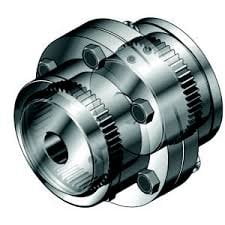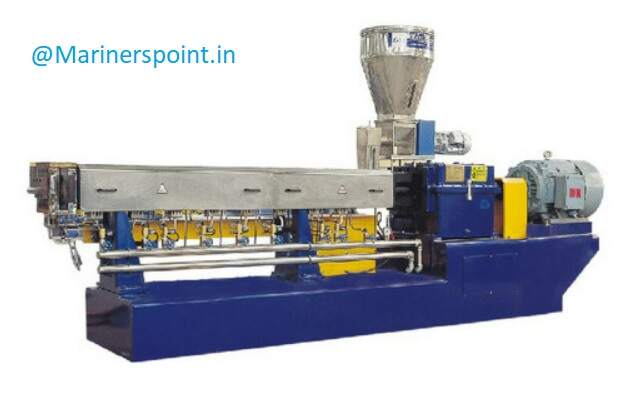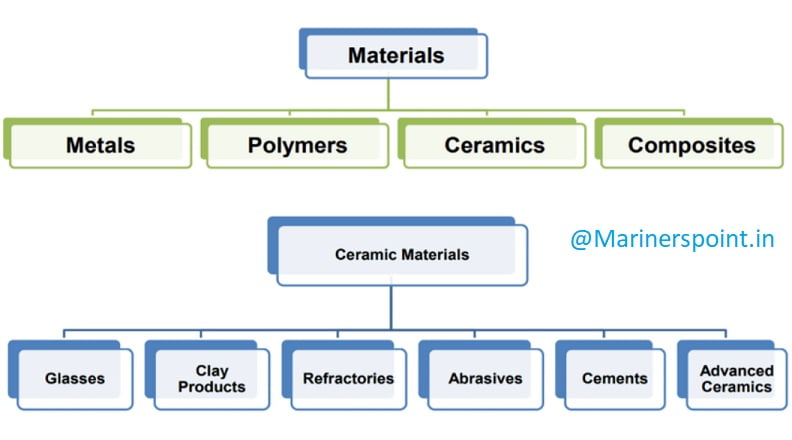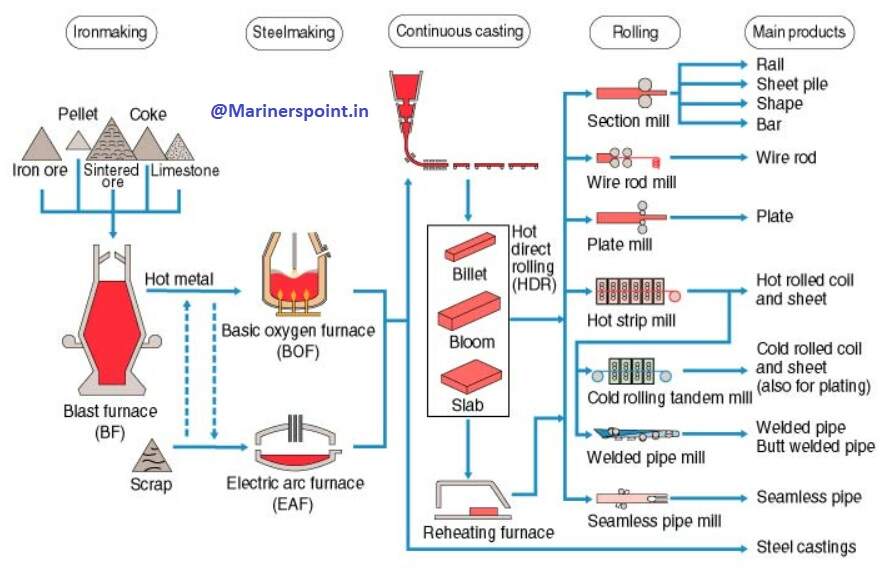Difference between Crosshead and Trunk type Piston engine
Difference between crosshead and trunk type Piston engine are as follows :-
Crosshead Type Engine
1.Crosshead has connecting rod and Piston rod
(Crosshead Engine has a piston rod )
2.Crosshead engine has a Diaphragm which separate the cylinder spaces from Crankcase.
3. Nature of bearing Assembly at upper part :- In a crosshead type ,the upper part of the connecting rod is a connected to the Crosshead assembly Which consist of crosshead Block,pins and Slippers.This Cross head assembly in turn connected to the lower part of the piston rod.
4.In crosshead type, different cylinder lubrication system with different oil than crankcase.
5.In crosshead type,the transverse force due to oscillations of con. Rod is by cross head and it’s guide.
6.Crosshead assembly is connecting part between piston rod and connecting rod . Piston is rigidly fixed to Piston rod .
7.These are able to develop higher torque at lowest speed.
8.height of space required is high
9.The transverse thrust is transmitted to the engine structure through cross head guides.
10. higher engine manufacturing cost
11.More height for same power and Speed
12.Low grade fuel can be used because it will take more time
Trunk type engine
1.Only connecting rod is present in Trunk Piston (not to be confused with piston rod I.e Trunk type engine has no piston rod )
2.No Diaphgram
3.In trunk type ,the upper part of the connecting rod is connected directly with piston via Gudgeon Bearing assembly.
4.In trunk type engine, Same lube oil is used in cylinder as well as crankcase.
5.In trunk type, the transverse thrust take by the piston skirt.
6.No cross head assembly. Piston or gudgeon pin is required to connect connecting rod to Piston .
7.This engine develop high power at medium or higher speed .
8.Space required less head room with Trunk Piston .
9.The skirt of a trunk-type Piston receives the side trust created by the movement of crank and connecting rod.
10.Lower engine manufacturing cost
11.Less height for same power and Speed
12.Low grade fuel can be used efficiently as per our requirement.
Follow us on Twitter
People also ask
What is trunk type engine ?
A type of an internal combustion engine in which the connecting rod is directly connected to the piston by Gudgeon pin (also called piston pin ).
Advantage of crosshead type engine ?
Advantage are :-
- The Cross head type engine are able to devlop higher power at lower rotational speed of the engine than trunk type engines.It is because the space available for the crosshead bearing is greater than the space within the piston for gudgeon bearing assembly.
- The combustion product contamination of crankcase lube oil is less than the trunk type engine.
- Total costs of lubricants of crosshead engine is less than the trunk type engine having same power.
What is a cross head engine ?
Why do pistons have skirt ?
Skrt do two functions
1.The piston skirt consists of spaces for gudgeon pin which transmits power to the con. rod
2.The skirt also help in transmitting the side thrust produced by the connecting rod.
What is the name the portion below the piston boss?
Ans :- Skirt
ring belt: is the upper-middle part of the piston when the piston rings are located.
pin
boss: is the lower-middle part of the piston which contains the piston pin.
What are the 3 types of piston rings?
Why crosshead lubrication is difficult?
What is the largest diesel engine in the world?
What is a cross head type diesel engine?
What is a crosshead bearing?
a sliding member of a reciprocating engine for keeping the motion of the joint between a piston rod and a connecting rod in a straight line.
Can you use a piston with a broken skirt?
Nope, no good, never, shouldn’t even think about it, NOT IN ANY ENGINE. That’s just asking for more damage or destruction.








[…] Difference between crosshead and Trunk type engine […]
[…] Read About : Difference between two Cross head and Trunk type piston engine […]